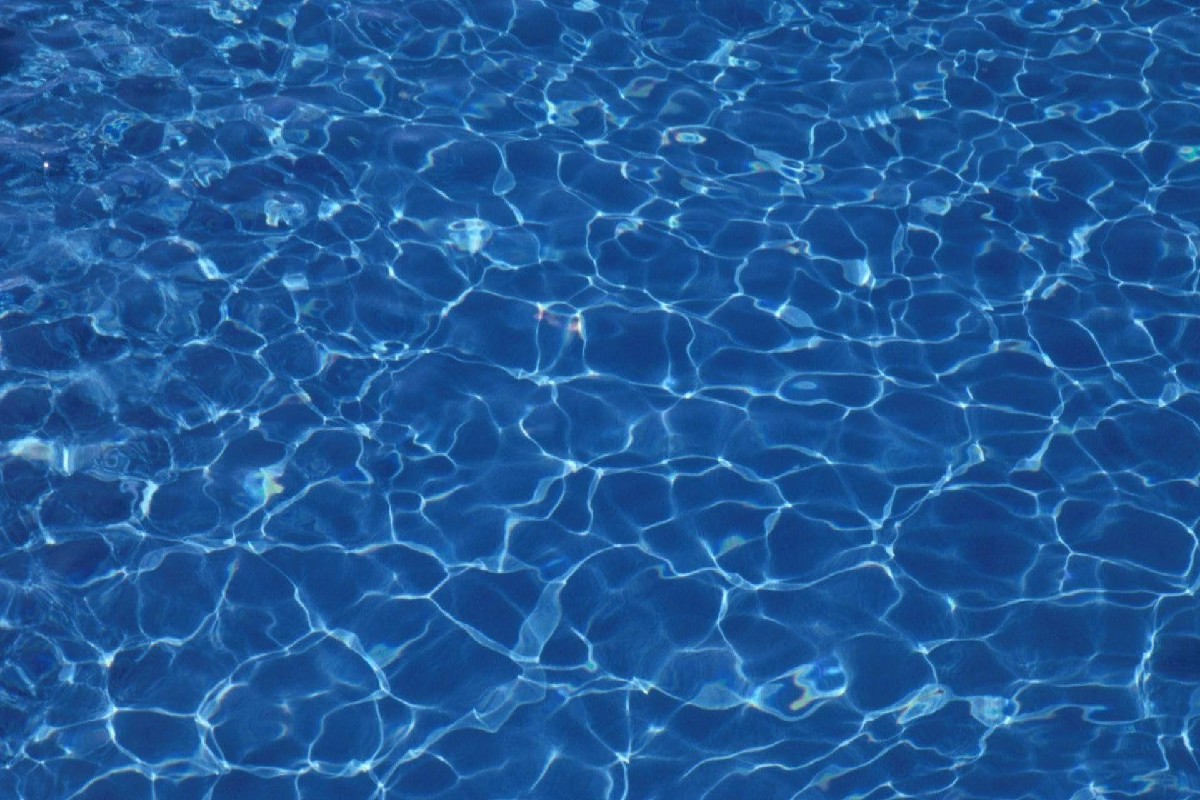Maintaining free chlorine (not combined or total chlorine) in your pool is crucial to keeping your pool joe nice and clean. You may ask yourself, “What do I add to the pool for free chlorine?” if you’ve been challenged with keeping the correct chlorine levels. Below, we will dive into the best methods for raising free chlorine levels and how a robot pool cleaner and pool vacuum accessory can team up to preserve pool crystal waters.
What Is Free Chlorine?
Before discussing what you can add to your pool, it’s worth knowing what free chlorine is. Free chlorine is the portion of chlorine in the pool water that is still available to kill bacteria, viruses, and algae and disinfect the pool. It sanitizes your pool water and prevents it from being a health hazard.
Adding Free Chlorine to Your Swimming Pool
You have several options for raising your pool’s free chlorine levels. The beWhat’sroach will depend on your pool type, current water chemistry, and whether you’re using or following a chlorine-free pool maintenance regimen.
Add Chlorine Tablets or Granules
Chlorine tablets or granules are the most common method for adding free chlorine to your pool. These products dissolve within your pool water, gradually releasing chlorine over time. They are stored in a floating dispenser, skimmer, or automatic chlorinator for continuous release. Granular chlorine can be thrown right into the pool, quickly dissolving in the water.
Use Liquid Chlorine
If you want a more straightforward approach, choose a liquid chlorine. It works quickly, raising free chlorine levels fast, especially after heavy rains or swimming in the pool. You only have to pour the liquid chlorine into the swimming pool according to the instructions on the bottle, and it will immediately start sanitizing the water.
Use a Saltwater Chlorinator
If you see the saltwater chlorinator as your long-term, low-maintenance solution, consider it. This system generates chlorine through electrolysis using salt. As salt flows through the chlorinator, it becomes chlorine, which helps sanitize your pool without using traditional chlorine products.
Water Quality Management: How a Robot Pool Cleaner Can Help
After you’ve added the proper amount of chlorine to your pool, you need to keep the water clean and free of debris. Automated pool cleaners are a great way to do this, helping maintain the chlorine circulating and distributed throughout the pool.
Swimming pool robots work by cleaning debris from the floor, walls, and waterline so that chlorine can penetrate the corners of your pool. With the potential for more challenging surfaces to traverse, Beatbot models such as iSkim Ultra and Beatbot AquaSense 2 Pro are purpose-built with soft surface cleaning in mind, resulting in a cleaner pool and reduced chemical usage.
Pool Vacuum and Skimmer
One of the most essential bonuses with a robot pool cleaner is a pool vacuum and skimmer. A vacuum cleaner for the pool will remove larger debris that the robot cleaner clownfish may miss, and a skimmer will collect leaves and debris from the surface and stop them from sinking to the bottom of the pool and harming the water quality.
These instruments will help you keep your swimming pool in excellent condition. Free chlorine does a great job of sanitizing the water. A clean pool also promotes the use of less chlorine , keeping that swimming area safe!
Pool Vacuum for Algae
Algae can multiply rapidly in pools, mainly if chlorine levels are low. More Effectively Using a Pool Vacuum For Algae: Vacuuming Clean Surfaces Algae can build up on the floor, walls, and any surface, which a tank can attack. With its algae-shattering Freestyle cleaning action, the Beatbot AquaSense 2 robot pool vacuum can pick up even the tiniest algae kernel, helping protect your pool from disease.
Will a Pool Robot Remove Algae?
Many pool owners ask, “Do pool r “bots pick up algae?” The answer is yes! Robust robotic pool cleaners such as the Maytronics pool cleaner and Beachtek AquaSense 2 are fitted with a specialized suction system that effectively removes algae and debris. Without chlorine, these cleaners prevent algae from accumulating in your water.
What Is a Pool Booster Pump?
Some wall-climbing pool cleaners or any robot pool vacuum require a booster pump for adequate suction. The additional water flow created by a booster pump enables the robotic cleaner to work more efficiently and effectively, especially in larger or deeper pools. This little added boost helps turn the robot from a cleaner to a complete pool cleaner, improving circulation and allowing the chlorine to sanitize better.
How to Acid Wash a Pool
An acid wash might be required if your pool’s surpool’shave many tough stains or algae. An acid wash requires diluting an acid solution and scrubbing the pool’s surpool’sto remove stains, scale, and other debris. At the same time, this is an excellent method to restore your pool’s apple, but it’s best to do this when needed, as it can wear down the pool spool.
Conclusion
To summarize, you can use chlorine tablets, liquid chlorine, or saltwater chlorinators to sustain free chlorine in your pool. To clean the pool and prevent debris, you can use a robot pool cleaner, vacuum cleaner, skimmer, etc. This keeps the chlorine active when cleaning the water.
If your cleaning needs are more advanced and you try to keep your pool super crystal clean, a pool cleaning robot, like the Beatbot AquaSense 2 Pro, can help keep your pool looking pristine while it works with your chlorine system. Here’s what you should know about keeping your pool clean and sanitized with the right combination of cleaning tools and chlorine alternatives.



